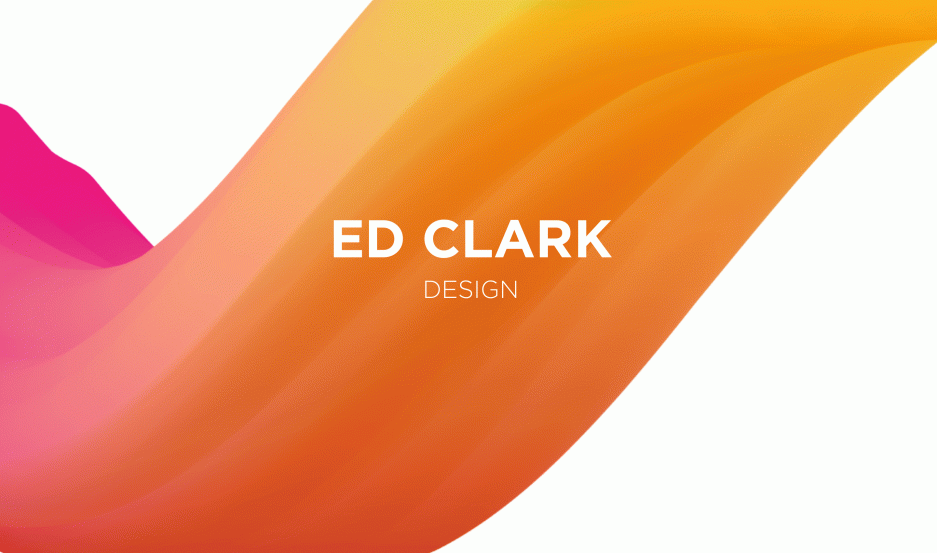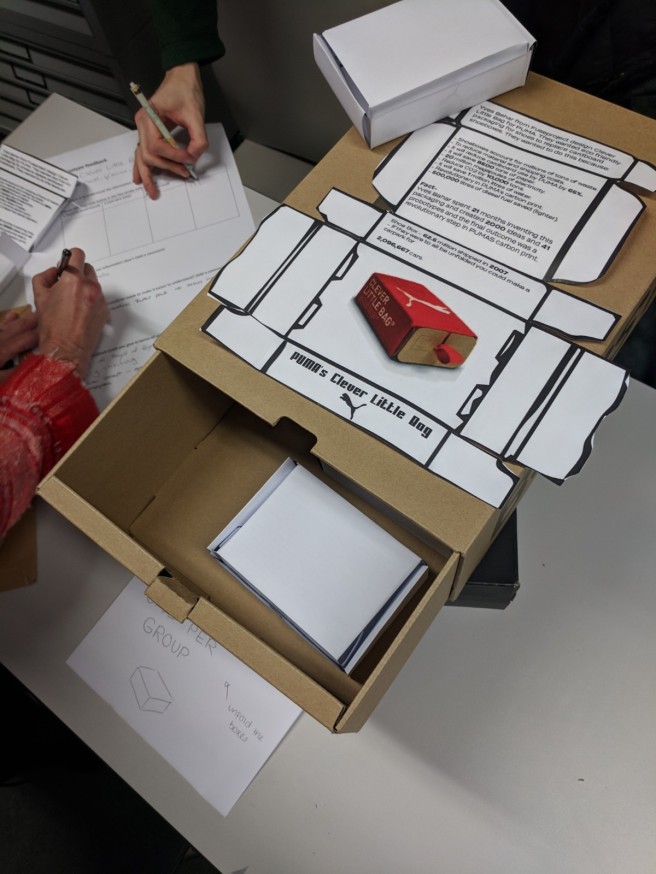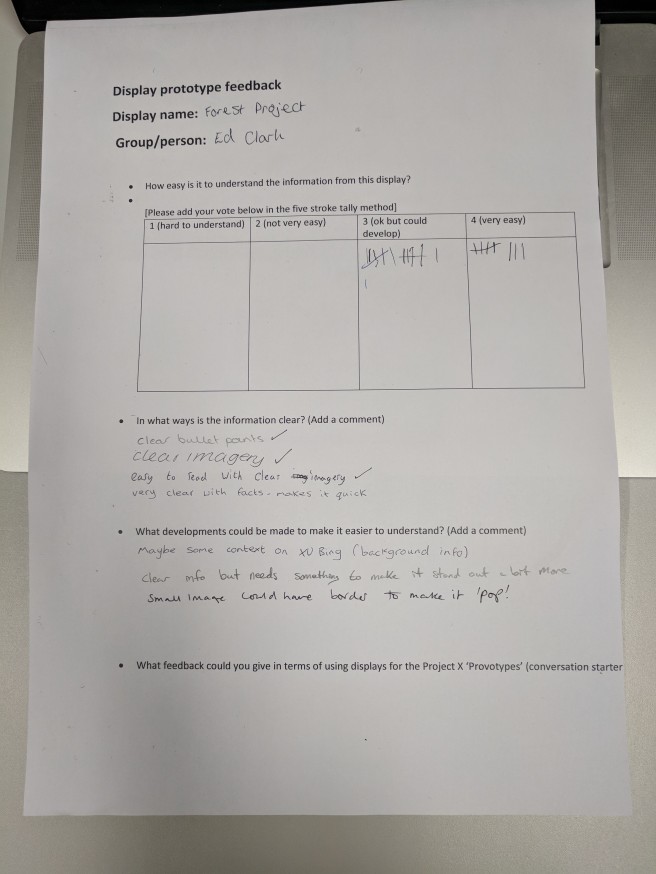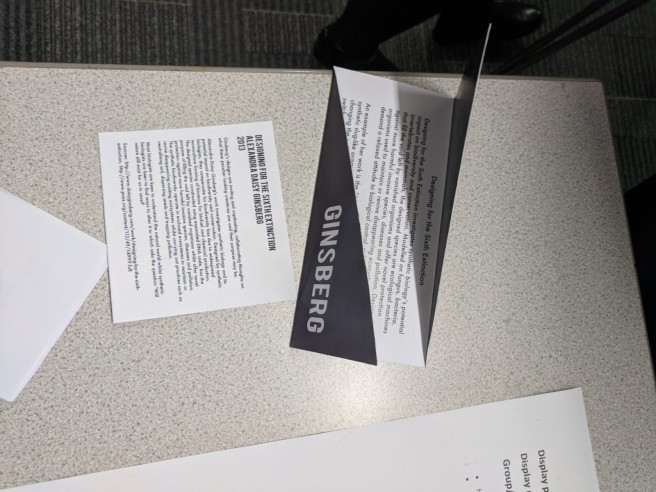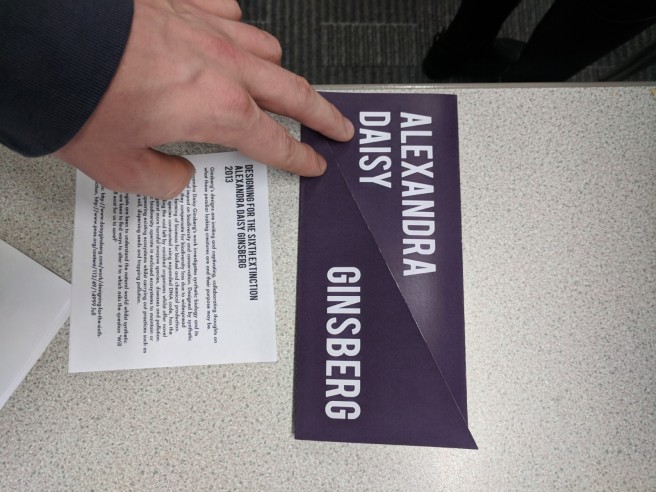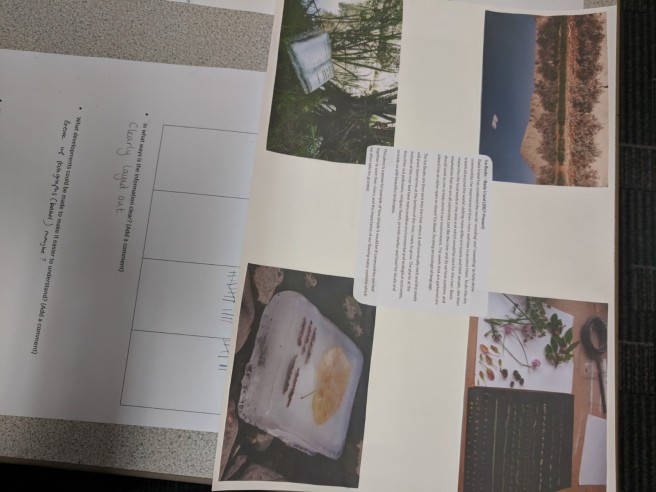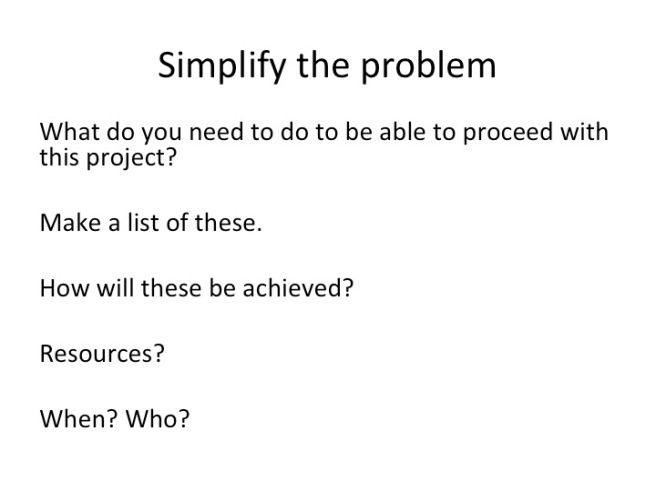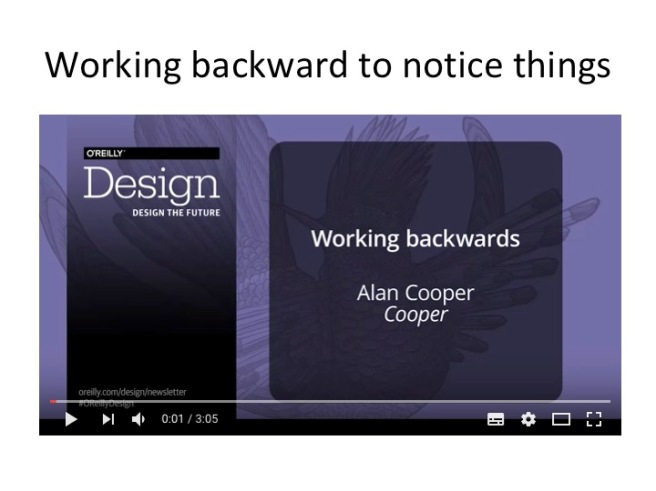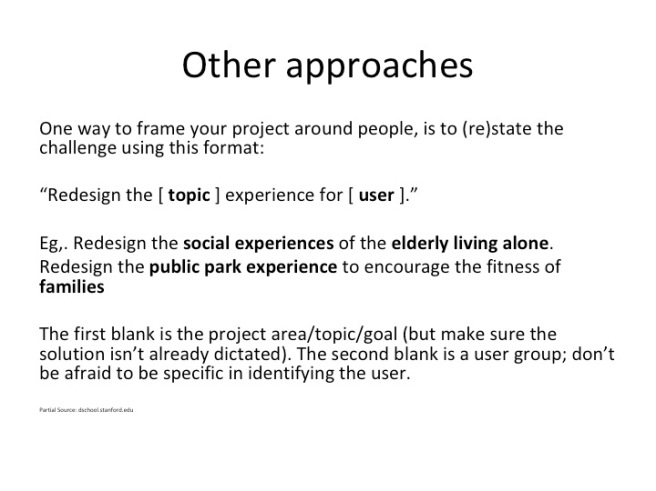Today, we were given a task to encourage us to look at other case studies that use experience design to change perception or engage an audience on a particular social issue. Throughout the day, we were using a technique called VTS, asking us to consider the following questions:
- What is going on?
- What do you see that makes you ting that?
- What more can you find?
Here is what I came up with, without initial research into XU Bings Forest Project.

Part two was to answer some questions relating to our given case study. This Q&A was to make us aware of how design may influence and engage and audience relating to a particular social issue. Below are the questions and answers.
How they present their message?
XU Bing presented their message in the form of Art produced by children. The message is embedded in the art through visual signifiers such as trees, caligraphy and type.
How they enable an experience?
The Forest Project encourages local children to collaborate ideas in the form of art. This enables experience by encourage children to be creative, whilst also thinking about a social and moral issue of deforestation. It further enables experience by auctioning the art off, allowing the public to experience the children’s creative visions of forests
In what ways they are, or can be interactive?
The forest project enables children to interact with design by allowing them to be creative in their vision of a forest. It asks them to reimagine their perception of a forest, using their creativity to engage in the social issue of deforestation.
What potential there is within them to inspire?
I think inspiration comes from the children’s ability to be creative. The younger generations visions tug on the heart strings of older generations to be aware of the issue. It uses creativity as a medium to inspire younger generations to act responsibly within the community.
In what ways they might start a conversation?
The Forest Project acts as a gateway to start conversations about problems such as deforestation. In relation to the Tragedy of Commons, explored in a previous post, it uses a call to conscience in a soft approach, using children to remind older generations of what they might miss out on.
How they might enable the audience to know (new) things or change perspective?
Many people are consumers of paper products without consciously thinking about it. For example, packaging of products broadly uses paper products derived from trees, whilst toilet roll is used every day and discarded.
In what ways you could adapt anything or be inspired by what you see here to ideas for your own projects?
I think there’s a lot that can be taken as inspiration from this project. So far, I think we’re all guilty of thinking of big, grand prototypes that are all singing, all dancing pieces that take a lot of construction and time, that doesn’t seem feasible in the allotted time. This just shows that an audience can interact with a social issue in an indirect way, educating them whilst also engaging them in fun activities. Although the final pieces may not be as refined as a professional artist, the link between the issue of deforestation and future generations is highlighted with the use of child artists being sold to an older demographic.




